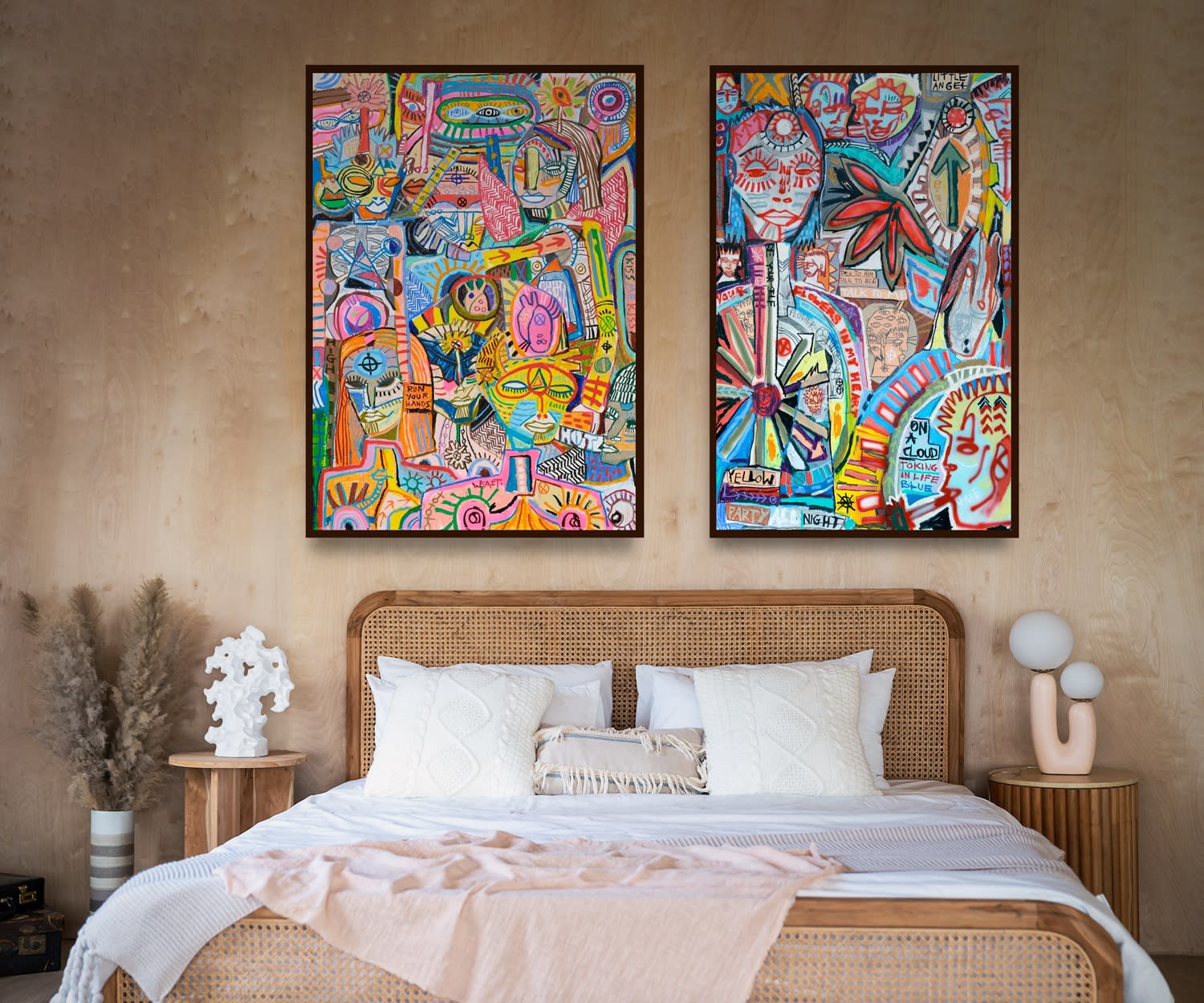Someone came into the gallery the other day and asked, why is that classed as portraiture? They were pointing at a George Weait. It sparked an age-old discussion about what is art, and how everyone’s response to art is completely unique to the individual. However more importantly it initiated a discussion around portraiture specifically, the purpose of portraiture and how it has evolved to become what we see in a contemporary modern art gallery.
What is portraiture? Why is it so important to the art historical canon? How have we got so far from realistic depictions of people? A few questions I will attempt to answer for you.
Portraiture is a painting or an image that depicts a person or group of people. Traditionally portraiture was a way of recording what we looked like, a realisation of self-identity, a statement of power and nobility, and a way of leaving behind a legacy for future generations. I believe portraiture is still used this way, even contemporary portraiture, however the parameters have changed.
Due to the development of technology and the invention of photography in 1826 society's need for representational painted portraiture changed. Mechanical cameras now captured the real and true image of a person, therefore the need for hyperrealistic and traditional high-finish portraiture became less necessary. Ways of representing a person and recording their existence evolved and traditional portraiture seemed to somewhat fade into the background as artists began to explore a new freedom of expression in their practice that was detached from realistic representation.
A turning point in the history of portraiture is notably seen in the late 19th century, a time when the camera had firmly cemented itself into societal life, and the impressionists emerged on the art scene. A focus on light, colour and movement became important and techniques such as pointillism were favoured, creating an impression of a scene or person moving away from realism. Fast forward to the early 20th century; a time when the world was changing and evolving at a dramatic pace, and the more abstract human form started to take its place in modern portraiture. Artists such as Picasso and Georges Braque pioneered Cubism in which portraits of people became flat, angular, formed of geometric shapes, bold lines and block colour. The ethos was to show things as they really are, not just what they look like. They went on to inspire subsequent art movements where the vision of self and portraiture was moving further away from traditional high-finish artworks into a modern abstracted form.
The freedom of expression that has been allowed to evolve in the art world due to the invention and development of technology is fascinating. It has created space for artists to push the boundaries between feeling and experience in relation to reality.
In Amber Galleries, we see today just how far freedom of expression can take you, specifically in the work of George Weait and the way he explores interactions and emotions in the form of portraiture. His work depicts a feeling he has about a moment in time spent with another human; an expression of showing things how they really are not just how they look on the surface. George translates an experience of a person to canvas and his use of shape, colour, patterns, bold lines and expressive features show affection, intrigue and compassion for his subjects. It's a far cry from the old Dutch Masters but holds a valuable and cemented place in the art historical canon as Georges's portraits are portraits of the soul.




